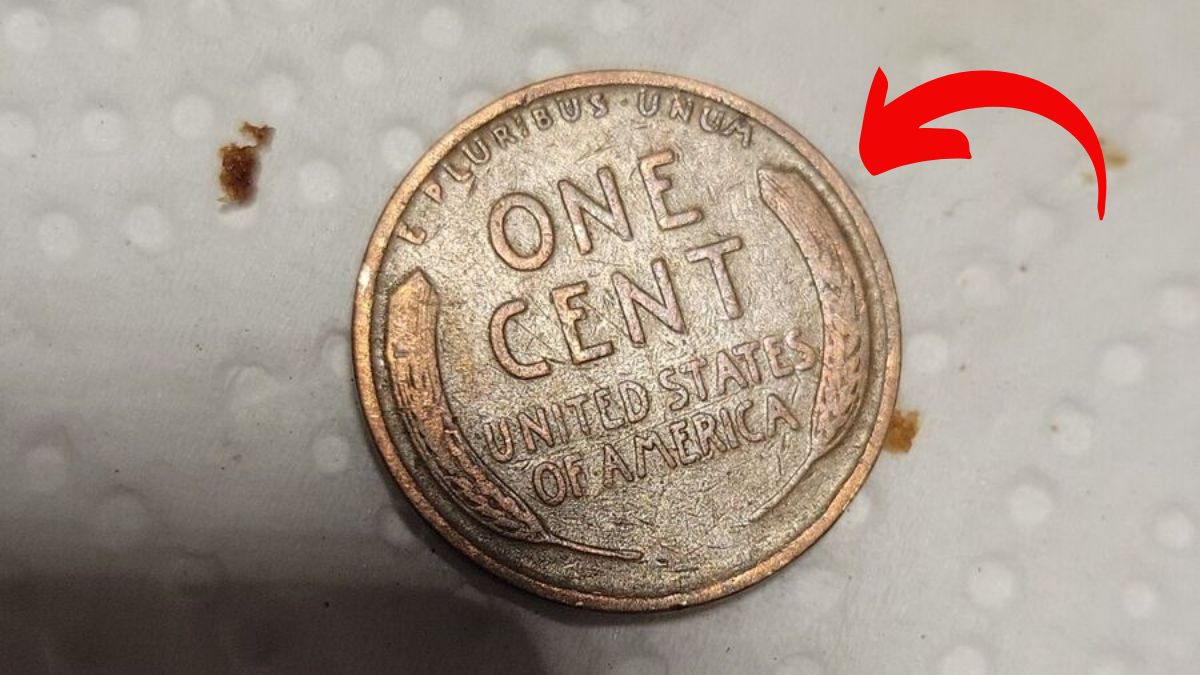The Lincoln Wheat Penny, a familiar coin for many collectors and history enthusiasts, is more than just a piece of currency. While its face value is just one cent, some of these pennies are worth significantly more due to their rarity and historical significance. One such penny, valued at an incredible $131,000, continues to circulate among the public, making it an intriguing subject for coin collectors and investors alike. Here’s an exploration of what makes this penny so valuable and why it’s still in circulation today.
What Is the Lincoln Wheat Penny?
The Lincoln Wheat Penny was first introduced by the U.S. Mint in 1909 to commemorate the 100th anniversary of Abraham Lincoln’s birth. It was designed by Victor David Brenner, featuring a portrait of Lincoln on the obverse (front) side, with two stalks of wheat on the reverse (back). This distinctive wheat design lasted until 1958, after which it was replaced by the Lincoln Memorial design. The Wheat Penny is now a part of American numismatic history, with collectors constantly seeking rare specimens.
The $131K Lincoln Wheat Penny: What Makes It Special?
While most Lincoln Wheat Pennies are worth only a few cents, there are certain rare editions that are highly sought after. The penny valued at $131,000 is an extraordinary example of one such rare find. What makes this penny so valuable is its unique characteristics, which are often the result of minting errors, rare variations, or historical significance.
One key factor that can significantly increase the value of a coin is its rarity. Coins with low mintage numbers, errors in their production, or those made during certain years can fetch extraordinary prices. The $131K Lincoln Wheat Penny is likely a result of one or more of these factors, making it highly desirable for collectors.
The Factors Behind the Value
Several elements can contribute to the value of a coin like the Lincoln Wheat Penny:
- Minting Errors: Pennies that have errors during the minting process—such as misprints, doubled dies, or off-center strikes—are often more valuable than their counterparts. A penny with a significant minting error can command a premium price, especially if the error is rare or unusual.
- Rarity and Demand: The number of pennies produced in a given year plays a role in their value. Some years saw fewer pennies minted, which increases their rarity and makes them more valuable. Additionally, demand for specific years or variations of the penny can drive up prices.
- Condition: The condition of the coin, or its grade, also affects its value. Coins that are well-preserved and show little to no wear are considered more valuable than those that are worn or damaged. Coins that are graded as “mint state” or “uncirculated” can fetch higher prices.
- Historical Significance: Some pennies may have special historical significance due to their production during notable events or their connection to specific periods in American history. For example, pennies produced during wartime or those associated with political events may hold extra value for collectors.
Still in Circulation: Why the Lincoln Wheat Penny Continues to Appear
It might be surprising to learn that this highly valuable penny is still in circulation, but it’s not entirely uncommon for rare coins to be found in the hands of the public. While the U.S. Mint stopped producing the Lincoln Wheat Penny in 1958, many coins from this era remain in circulation due to their durability and the fact that they were minted in large quantities.
Over time, some of these pennies have been lost, discarded, or hoarded by collectors. However, a few rare specimens, especially those with minting errors or unusual characteristics, continue to show up in pocket change. As a result, there is always the possibility of finding a valuable Lincoln Wheat Penny in circulation, much to the excitement of coin collectors and enthusiasts.
How to Spot a Valuable Lincoln Wheat Penny
For those interested in searching for valuable Lincoln Wheat Pennies, it’s important to know what to look for. Here are a few tips to help you identify potential rare finds:
- Look for Minting Errors: Pay close attention to any errors in the design, such as double strikes, off-center impressions, or unusual die marks. These errors can significantly increase the value of the coin.
- Check the Date: Certain years of the Lincoln Wheat Penny are more valuable than others. For example, pennies minted in 1909 or 1914, especially those with specific mint marks, are highly prized.
- Examine the Condition: Coins that are in better condition—free from scratches, dents, or excessive wear—are worth more. Look for coins with sharp details and little to no tarnishing.
- Consult a Professional: If you believe you have a rare or valuable Lincoln Wheat Penny, it’s a good idea to consult a coin expert or appraiser who can help you determine its true worth.
Conclusion: The Fascinating World of Rare Coins
The Lincoln Wheat Penny, while once a common piece of American currency, has become a fascinating collectible for those who understand its value. A penny valued at $131,000 is a reminder of the excitement and potential rewards of coin collecting. Whether you’re a seasoned collector or just someone interested in discovering rare finds, the Lincoln Wheat Penny is a prime example of how something as simple as a penny can hold incredible value. Keep an eye on your change—you never know when you might find a hidden treasure.
Disclaimer: The prices mentioned for rare coins, including the 1943 bronze Lincoln Wheat Penny, are not guaranteed and may not be entirely accurate due to market fluctuations and varying appraisals.



